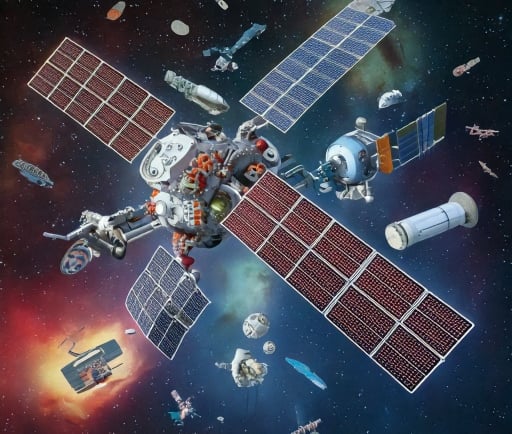Kessler Syndrome: The Risks of Space Debris


What is Kessler Syndrome?
Kessler Syndrome is a term used to describe a catastrophic scenario in which the density of objects in low Earth orbit (LEO) becomes so high that collisions between these objects occur with alarming frequency. First proposed by NASA scientist Donald J. Kessler in 1978, this phenomenon highlights the escalating risks associated with the ever-increasing number of satellites and orbital debris surrounding our planet.
The Mechanics of Kessler Syndrome
In essence, Kessler Syndrome illustrates a self-sustaining cascade of collisions in orbit. When two satellites, or pieces of space debris, collide, they generate thousands of additional fragments. These fragments can then collide with other satellites, further increasing the number of debris. The chain reaction could result in a significant portion of the space surrounding Earth becoming unusable for future satellites and spacecraft. This not only poses a threat to operational space missions but also to the infrastructure that relies on satellite technology for communication, navigation, and data transmission.
Preventive Measures Against Kessler Syndrome
Recognizing the potential danger posed by Kessler Syndrome, space agencies and organizations worldwide are taking proactive measures to mitigate the risk of orbital collisions. Strategies include tracking and monitoring existing debris, implementing improved satellite designs to withstand potential impacts, and establishing guidelines for deorbiting inactive satellites. Efforts are also underway to develop debris removal technologies, which aim to actively clear space junk from orbit and help maintain a sustainable environment for future generations of space explorers.
In conclusion, Kessler Syndrome serves as a stern reminder of the responsibility that comes with advancements in space exploration and satellite technology. As the number of active satellites continues to rise, addressing the challenges of orbital debris is more critical than ever. By fostering international collaboration and promoting responsible space practices, we can safeguard the future of space exploration and ensure that the cosmos remains accessible for humanity.
